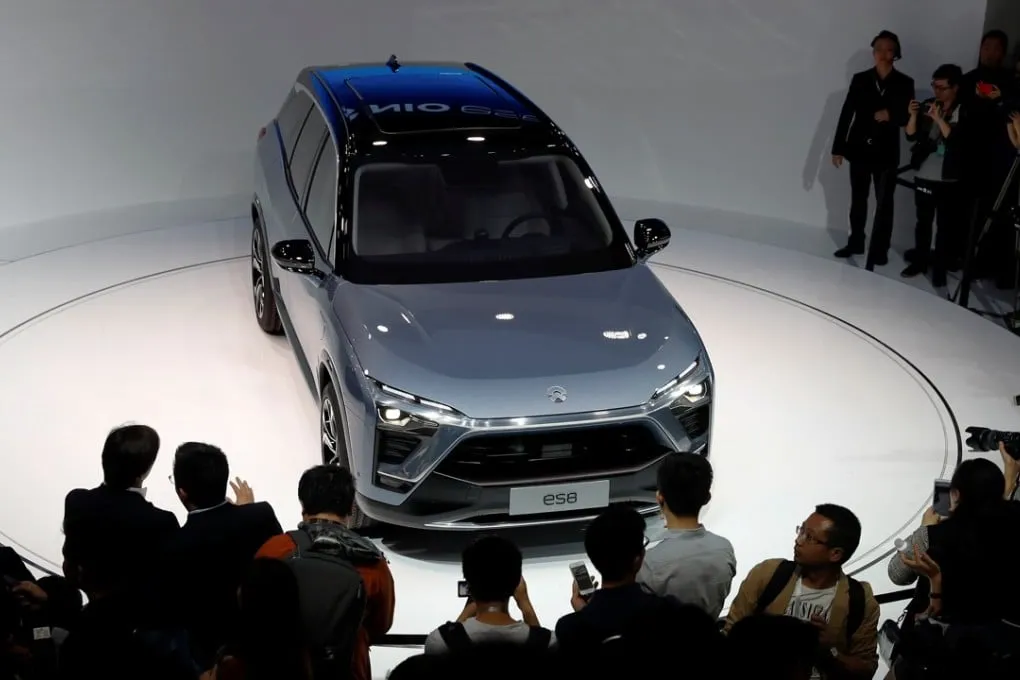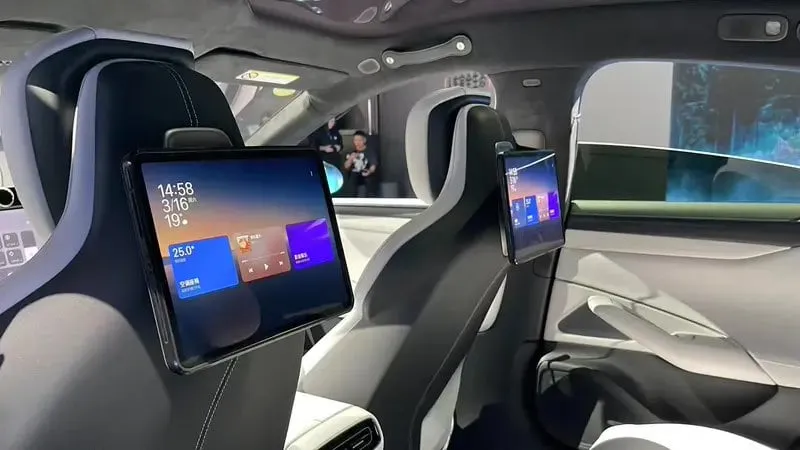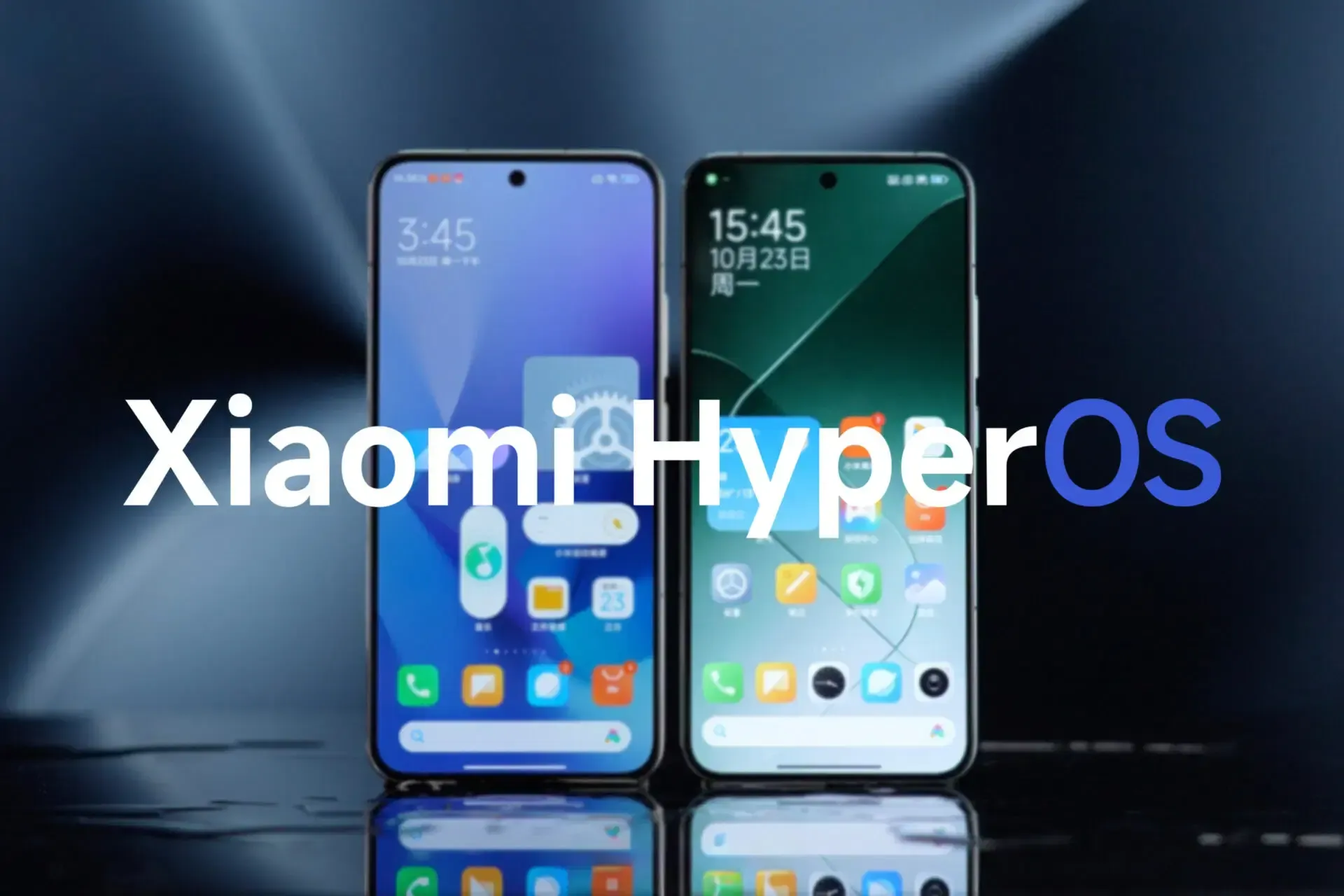EV Titans BYD, NIO, and Xiaomi’s Challenge to Tesla
Introduction
China has emerged as the largest electric vehicle market in the world, accounting for more than half of global EV sales in 2024. Government subsidies, a vast consumer base, and aggressive manufacturing capacity have made the country the center of the global EV transition. Within this landscape, domestic firms such as BYD, NIO, and Xiaomi are positioning themselves not only as local champions but as challengers to Tesla’s long-standing dominance. Their strategies highlight the intersection of technology, scale, and policy support that defines China’s industrial ecosystem.

BYD: The Scale Leader
BYD has become the global leader in EV production, surpassing Tesla in quarterly deliveries by late 2024. Founded in 1995 as a battery manufacturer, the company’s vertical integration has proven to be a decisive advantage. It produces its own batteries, designs its vehicles, and manages distribution channels across China and abroad.
BYD’s “Blade Battery” technology is a central innovation. It reduces the risk of thermal runaway and extends lifespan, giving the company a strong competitive edge. By 2025, BYD reported over 3 million EVs sold globally, with exports reaching Europe, Latin America, and Southeast Asia.
Archival comparisons show how BYD’s growth echoes earlier phases of China’s industrial expansion. Just as China dominated global solar panel production in the 2010s, BYD’s scale in batteries and EVs represents the same blend of state support and corporate execution.
NIO: The Premium Challenger
While BYD focuses on mass production, NIO has carved out a premium segment. Founded in 2014, the company has branded itself as a “lifestyle EV” firm, offering luxury designs, high performance, and unique features such as battery swapping. By 2025, NIO had established over 2,000 battery swap stations across China, reducing charging time from hours to minutes.
NIO’s customer engagement model is distinctive. It operates NIO Houses, combining showrooms with community spaces. This approach creates brand loyalty and differentiates it from Tesla’s more transactional model. NIO has also expanded into Europe, targeting markets in Norway, Germany, and the Netherlands.
Financially, NIO has faced challenges with profitability, but government backing and strong investor interest have allowed it to sustain growth. Its position reflects China’s willingness to support firms that advance industrial policy goals even if short-term returns are uncertain.
Xiaomi: The New Entrant
Xiaomi, best known globally for its smartphones, entered the EV sector in 2021. By 2025, the company had launched its first mass market EV, the SU7, positioning it as a smart, affordable alternative to Tesla’s Model 3. Leveraging its expertise in consumer electronics, Xiaomi integrates advanced infotainment systems, AI assistants, and seamless smartphone integration into its vehicles.
The company’s strategy mirrors its success in the mobile phone market: offering quality at competitive prices. With production supported by partnerships in Beijing and Wuhan, Xiaomi aims to produce 500,000 EVs annually within five years. Archival analysis of China’s industrial strategies shows how diversification across sectors has been a recurring theme, with firms like Xiaomi embodying this cross-industry expansion.

Tesla’s Position in China
Tesla remains a major player, with its Shanghai Gigafactory producing over one million cars annually. However, its market share has been steadily eroded by domestic firms. In 2024, BYD overtook Tesla in deliveries, and NIO and Xiaomi are attracting middle-class consumers who prefer localized products with strong after-sales networks.
Tesla’s strength lies in its global brand and software ecosystem, but in China, it faces regulatory scrutiny and rising competition. Price wars initiated in 2023 demonstrated Tesla’s vulnerability, as domestic firms matched or undercut prices while offering comparable features.
The Role of Policy and Subsidies
China’s government has played a decisive role in shaping the EV market. Subsidies, tax exemptions, and preferential licensing have encouraged adoption. Local governments compete to attract EV factories, offering land and infrastructure. Archival policy documents from the 2010s show how EVs were identified early as a strategic industry, alongside semiconductors and renewable energy. Today’s market is the realization of that blueprint.
In contrast, Tesla benefited initially from being welcomed as a foreign investor but now finds itself competing against firms that are deeply aligned with national industrial policy. This alignment gives BYD, NIO, and Xiaomi structural advantages in scaling production and expanding abroad.
Global Expansion and Competition
BYD has made significant inroads into Europe, with factories planned in Hungary and partnerships in Latin America. NIO is building a presence in premium European markets, while Xiaomi’s affordable EVs are expected to target Southeast Asia. The global export push reflects China’s confidence that its domestic champions can compete internationally.
At the same time, geopolitical tensions pose risks. Trade barriers, tariffs, and concerns about supply chain dependence could slow expansion. Yet archival comparisons remind us that similar barriers were raised during China’s rise in solar panels and telecom equipment. In both cases, scale and persistence allowed Chinese firms to secure global leadership.
Challenges Ahead
Despite rapid growth, challenges remain. Overcapacity is a risk, with dozens of Chinese EV startups competing for market share. Profitability remains uncertain for many firms, including NIO. Supply chain constraints in lithium and rare earth elements also raise questions about sustainability.
Furthermore, global consumer perceptions may take time to adjust. While Tesla has established brand recognition, Chinese firms must overcome skepticism in Western markets. Success in Europe and Asia will depend on delivering quality, reliability, and innovation consistently.
Conclusion
The rise of BYD, NIO, and Xiaomi demonstrates the strength of China’s EV ecosystem. Each firm represents a different strategy scale, premium branding, and smart affordability, but together they are reshaping global competition. Tesla remains a formidable player, but the balance of power in the EV sector is shifting. Archival industrial blueprints emphasized EVs as a priority more than a decade ago, and today those plans are materializing on a global scale. For analysts and consumers alike, the Chinese EV sector is no longer a domestic story. It is a defining chapter in the global transition to electric mobility.




